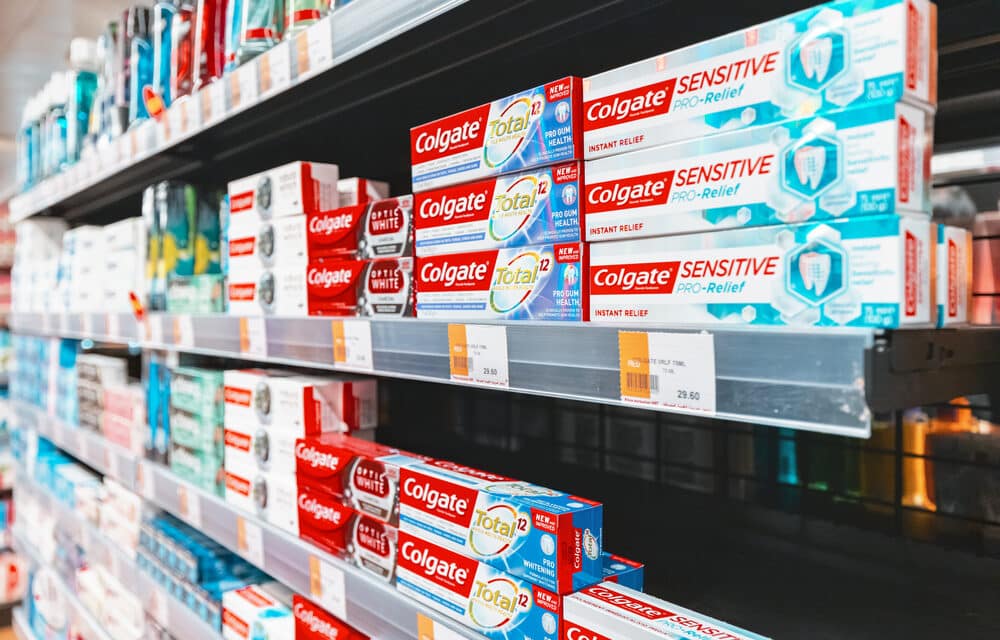These days, it feels like many stores are fortresses. Most of the products on the drug store shelf are behind lock and key, even everyday items such as deodorant, toothpaste, candy, dish detergent, soap, and aluminum foil.
Manufacturers that supply lock cases and devices to chain stores have seen their businesses boom. Walgreens and Rite Aid have said that the problem of organized retail crime — rings of criminals that steal products from stores and then often resell them on online marketplaces — is causing them to lock more products up and close some stores.
Locking up their shelves is the last resort for stores, but it has never been more widely practiced. It’s also become a growing irritation for shoppers and a source of frustration for some employees who must walk around the store with keys at the ready. “It’s extremely discouraging to customers,” said Paco Underhill, the founder, and CEO of behavioral research and consulting firm Envirosell.
“It is a brutal experience for the merchant, too.” The reason why stores resort to locking up these products is simple: to prevent shoplifting. But these decisions are far more nuanced and fraught for stores than you may think. Companies must walk a delicate line between protecting their inventory and creating stores that customers don’t dread visiting.
Until the early 20th century, locking up products was the norm. When customers visited a store, clerks would provide them with the items they wanted from behind a counter. This changed as the first self-service stores like Piggly Wiggly in the early 20th century discovered they could sell more goods and reduce their costs by spreading out merchandise on an open sales floor.
While having fewer workers in the store increased profits for chains in recent decades, it has left stores in some cases without as many visible personnel to deter shoplifting, crime prevention experts say. READ MORE
















